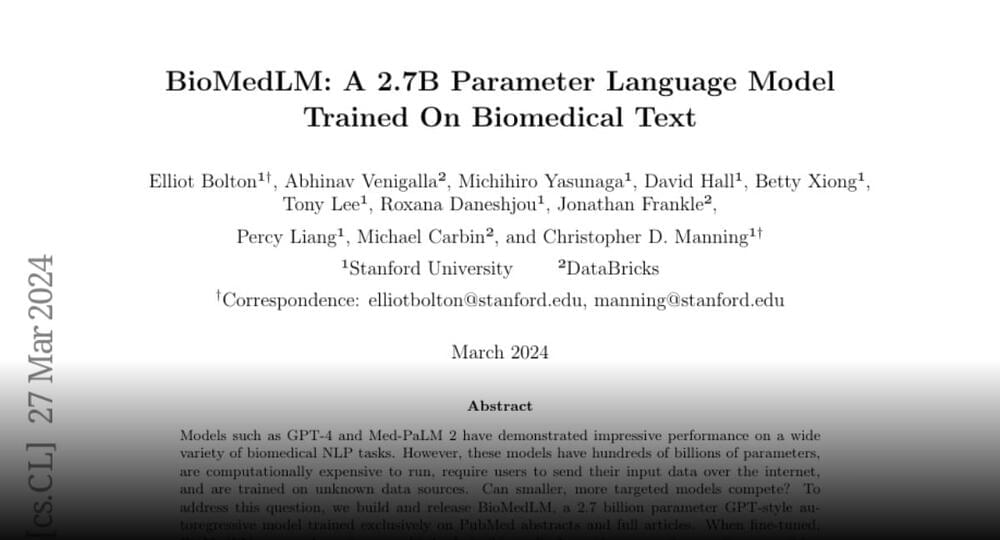Curtin University-led research has discovered a rare dust particle trapped in an ancient extra-terrestrial meteorite that was formed by a star other than our sun.


Curtin University-led research has discovered a rare dust particle trapped in an ancient extra-terrestrial meteorite that was formed by a star other than our sun.

Now, Huffman has defended his pay packet in a Q&A video on the platform.
“Look, I’m glad this question was asked because there’s been a lot of commentary on this topic,” he began, adding that his compensation—which is made up of salary and stock—is set by Reddit’s board depending on his performance.
“If the company does well, I will do well,” the CEO added. “If the company does not do well, I don’t either.”

On social media, a bizarre trend seems to be emerging: surprise pregnancies when taking the diabetes drug Ozempic and its sister weight loss shot Wegovy.
As People reports, there are a few reasons why people might be getting pregnant unexpectedly when taking these semaglutide-based injectable drugs.
For one thing, Dr. Iman Saleh — an obstetrician, gynecologist, and obesity medicine doctor at New York’s Northwell Health system — tells People that through a roundabout mechanism, the weight people lose on these drugs may be making them more fertile.

BioMedLM
A 2.7B Parameter Language Model Trained On Biomedical Text https://huggingface.co/papers/2403.
Models such as GPT-4 and Med-PaLM 2 have demonstrated impressive performance on a wide variety of biomedical NLP tasks.
Join the discussion on this paper page.


The gene-editing technique CRISPR disabled HIV that lay dormant in immune cells in a lab experiment, raising hopes for an eventual cure.
By Clare Wilson

But the thing you have to understand about a search engine is that a search engine is many things. For all the people using Google to find important and hard-to-access scientific information, orders of magnitude more are using it to find their email inbox, get to Walmart’s website, or remember who was president before Hoover. And then there’s my favorite fact of all: that a vast number of people every year go to Google and type “google” into the search box. We mostly talk about Google as a research tool, but in reality, it’s asked to do anything and everything you can think of, billions of times a day.
The real question in front of all these would-be Google killers, then, is not how well they can find information. It’s how well they can do everything Google does. So I decided to put some of the best new AI products to the real test: I grabbed the latest list of most-Googled queries and questions according to the SEO research firm Ahrefs and plugged them into various AI tools. In some instances, I found that these language model-based bots are genuinely more useful than a page of Google results. But in most cases, I discovered exactly how hard it will be for anything — AI or otherwise — to replace Google at the center of the web.
People who work in search always say there are basically three types of queries. First and most popular is navigation, which is just people typing the name of a website to get to that website. Virtually all of the top queries on Google, from “youtube” to “wordle” to “yahoo mail,” are navigation queries. In actual reality, this is a search engine’s primary job: to get you to a website.


The company says it’s proof that quality AI models don’t have to include controversial copyrighted content.